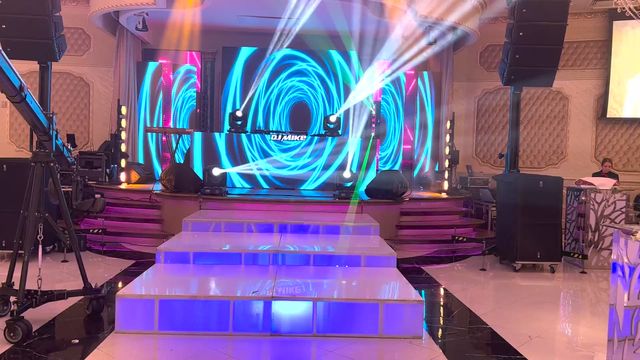Crucial Strategies for Enhancing the Lifespan of The LED Wall
Wiki Article
LED screens are becoming progressively popular for various applications, from marketing to leisure. To ensure that these screens operate effectively over time, it is essential to implement strategies that maximize their durability. Understanding the elements that influence the durability of Light Emitting Diode screens can help users maintain their functionality and prevent unnecessary substitutions.
One of the main factors that can prolong the lifespan of an LED screen is appropriate installation. It is crucial to have a skilled crew handle the setup procedure to ensure all components are properly attached. Poor setup can lead to electrical issues or mechanical damage. Additionally, the location of the LED wall should consider environmental conditions such as light exposure and moisture levels. A well-installed screen in a suitable site will minimize the risk of damage caused by outside factors.

Routine maintenance is a further crucial strategy to prolong the lifespan of an Light Emitting Diode wall. This includes routine checks to monitor for any indicators of wear or malfunction. Dust and dirt can build up on the top of the Light Emitting Diode panels, affecting brightness and hue quality. Wiping the displays with suitable materials will assist keep optimal visibility. It is also essential to monitor the components behind the screen, making sure that all connections are secure and that there are no overheating issues, which can significantly reduce the durability of the parts.
Electrical control plays a crucial role in enhancing the longevity of an LED screen. Excess voltage or unstable power supply can damage the internal circuitry. To prevent this, using a high-quality power supply and implementing overvoltage protection strategies is recommended. Additionally, adjusting the screen to function at reduced luminosity levels when intense luminosity is not required can reduce wear on the LEDs. This not only extends the lifespan of the wall but also conserves energy, making it a cost-effective choice.
In addition, program management can influence the performance of LED walls. Regularly updating the software that controls the display ensures that it runs efficiently and incorporates any essential safety patches. Outdated software can lead to performance issues and may expose the system to vulnerabilities. Proper scheduling of content can also help in managing the demand of the screen, permitting it to idle during off-peak hours, which can aid to sites a greater durability.
In summary, maximizing the durability of an Light Emitting Diode screen involves a combination of appropriate setup, regular upkeep, efficient power management, and careful program management. By focusing on these critical strategies, users can guarantee that their LED displays remain operational and visually pleasing for numerous years. Implementing proactive steps will not only improve the performance of the Light Emitting Diode screen but also provide a greater return on investment over the years.